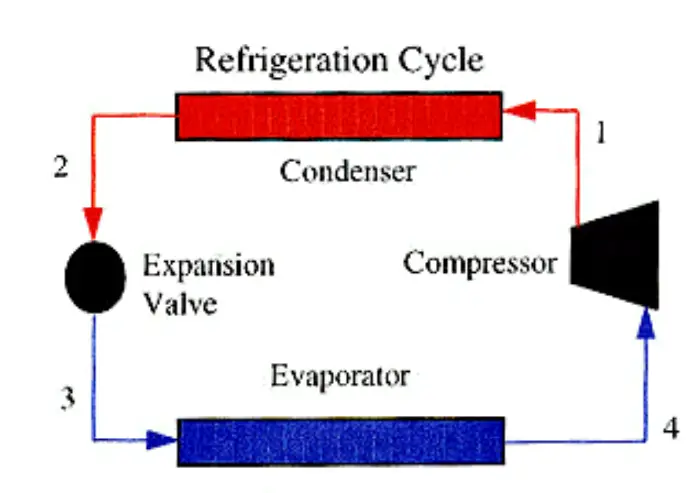How does an evaporator work, you ask? It’s a question many people ponder when they hear about this essential piece of equipment. In this comprehensive guide, we’ll dive into the world of evaporators, exploring their purpose, applications, and how they do their magic. So sit back, relax, and let’s get dive in!

Table of Contents
Introduction to Evaporators
First things first, what are evaporators? In a nutshell, these are devices used to turn a liquid into vapor, extracting heat in the process. Sounds simple, right? But it’s this basic concept that makes evaporators so vital in various applications.
Common Applications of Evaporators
From keeping us cool in the summer to preserving our food, evaporators play a crucial role in our everyday lives. Here are some of the most common applications:
- Air conditioning systems
- Refrigeration systems
- Industrial processes
Can you imagine life without them? We’d be sweltering and dealing with spoiled food all the time!
How Does an Evaporator Work: The Basic Process
At the heart of the evaporator is the refrigerant – a substance that absorbs heat as it changes from liquid to vapor. The secret to an evaporator’s success is its ability to facilitate this heat exchange process. But how does it do that?
Evaporator Coils and Tubes
Evaporators come in various shapes and sizes, but most have one thing in common: coils or tubes filled with refrigerant. These coils, typically made of copper or aluminum, are designed to maximize surface area for efficient heat transfer. But there’s more to it than just the material and design, as several factors affect an evaporator’s performance. Things like airflow, temperature, and even coil cleanliness can make or break its efficiency.
The Expansion Valve
Ever heard of the expansion valve? It’s the little unsung hero of the evaporation process, controlling the flow of refrigerant into the evaporator. With various types of expansion valves available, each has its pros and cons. Ultimately, the valve’s performance can significantly impact the overall efficiency of the evaporator.
How Evaporator Works in Air Conditioners
Now that we’ve covered the basics, let’s dive into the world of air conditioning. How does an evaporator work in this context? Let’s break down the cooling process step by step.
Components Involved in the Cooling Process
An air conditioner has four main components, each playing a crucial role in cooling your space:
- Compressor
- Condenser
- Expansion valve
- Evaporator
Together, these components create a closed-loop system that continuously cycles the refrigerant, absorbing heat from your space and releasing it outdoors. Cool, right?
Cooling Capacity and Efficiency
When it comes to air conditioners, bigger isn’t always better. In fact, the cooling capacity and efficiency of an air conditioner are determined by various factors, such as the size of the space, insulation, and even the direction of sunlight. It’s important to choose the right air conditioner to enjoy maximum comfort without breaking the bank.
Two key metrics to keep in mind are the energy efficiency ratio (EER) and the seasonal energy efficiency ratio (SEER). These ratings help you compare different air conditioners and make an informed decision. After all, who doesn’t love saving money on energy bills?
For more articles on evaporators in refrigeration, click here.
Evaporator How it Works: Troubleshooting and Maintenance
Like any piece of equipment, evaporators can run into problems. Understanding common issues and the importance of regular maintenance can help you keep your evaporator in tip-top shape.
Troubleshooting Common Evaporator Issues
Here are some typical evaporator problems you might encounter:
- Insufficient cooling
- Refrigerant leaks
- Frozen evaporator coils
- Clogged or dirty evaporator coils
Many of these issues can be resolved with a little bit of troubleshooting and TLC. For instance, cleaning your coils can go a long way in preventing freezing or clogging.
Evaporator Maintenance Tips
Want to keep your evaporator working like a charm? Here are some maintenance tips to follow:
- Regular cleaning and inspection
- Checking refrigerant levels
- Inspecting the expansion valve
- Monitoring system performance
Remember, a well-maintained evaporator not only lasts longer but also runs more efficiently, saving you money in the long run.
Conclusion
So, there you have it – the ins and outs of how an evaporator works. From air conditioners to refrigerators, these essential devices play a huge role in our daily lives. By understanding their function, operation, and maintenance, you can ensure your evaporator stays efficient and keeps you cool when you need it most. Now, isn’t that a breath of fresh air?